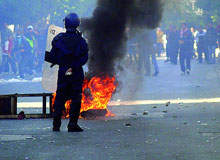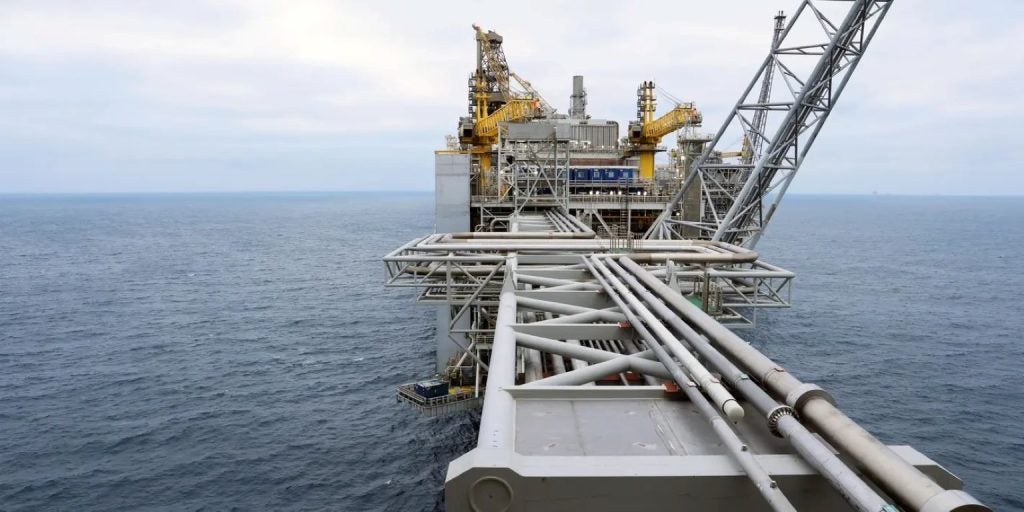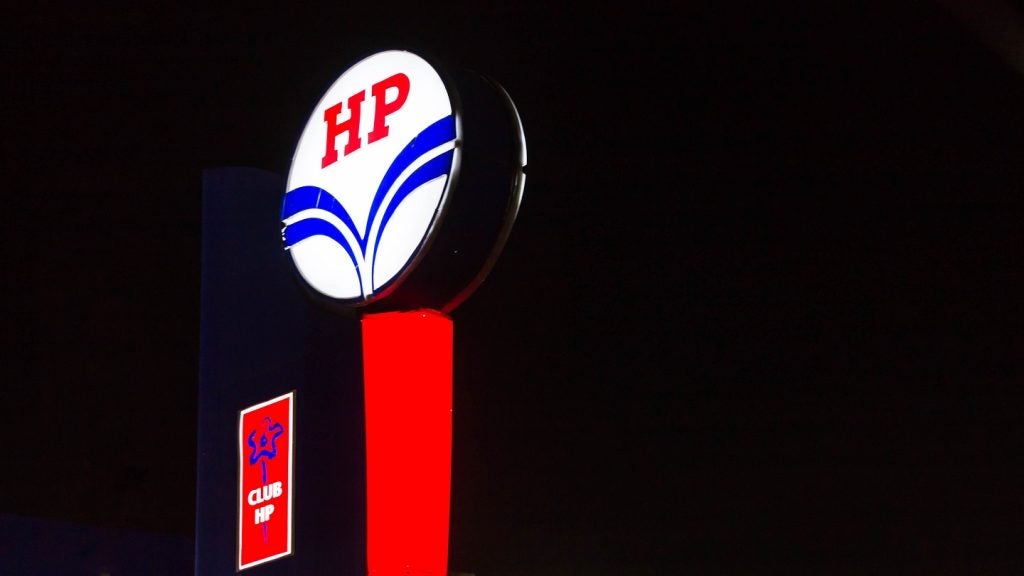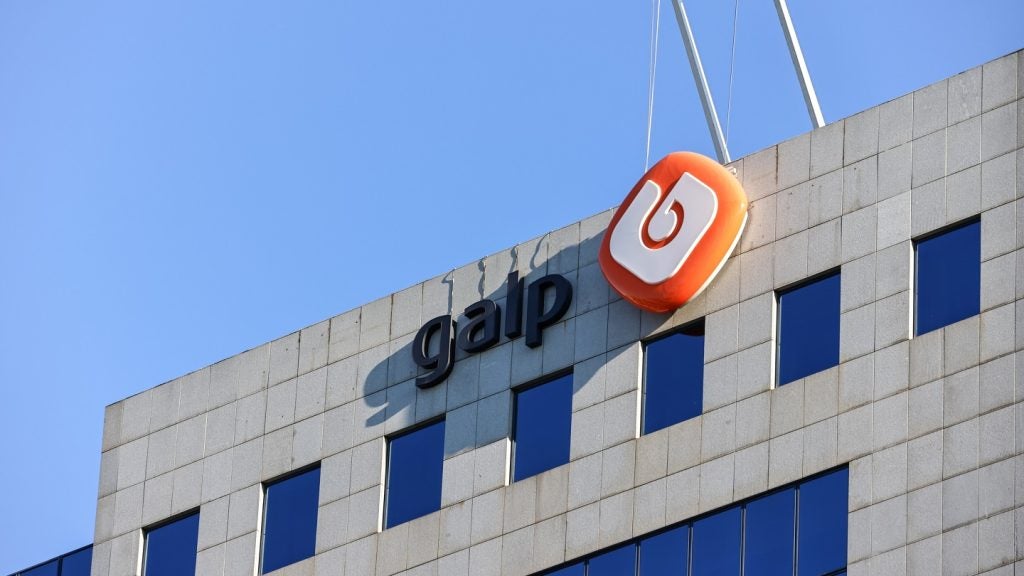
The events that determined the price of oil this year couldn’t have been less predictable.
While in previous years the cost of Brent and crude has mainly been affected by changes in the value of currency or soaring demand for the black stuff, 2011 prices have been disturbed by much more unusual occurrences.
In the course of just seven months, a 9.0-magnitude earthquake and subsequent nuclear crisis in Japan, the capture and killing of Osama bin Laden and major debt woes in Greece have marked out the peaks and troughs on the oil price graph.
Ongoing political unrest in the Middle East and Africa, otherwise known as the Arab Spring, has also had an impact on oil prices, with US crude peaking at just over $113 per barrel in April, its highest level in two and a half years.
Month after month, riots filtered through from Algeria to Tunisia, Bahrain, Yemen, and Egypt, before hitting oil-rich Libya and causing industry heavyweights, BP, Eni, Repsol and Wintershell to shut down activities there.
See Also:
In March protesters clashed with police in Saudi Arabia ahead of a planned ‘day of rage’ against the monarchy, renewing investor concerns of further unrest in the world’s top exporter, and the only country with enough spare oil capacity to cover the supply-gap caused by a cut in Libyan oil exports.
How well do you really know your competitors?
Access the most comprehensive Company Profiles on the market, powered by GlobalData. Save hours of research. Gain competitive edge.

Thank you!
Your download email will arrive shortly
Not ready to buy yet? Download a free sample
We are confident about the unique quality of our Company Profiles. However, we want you to make the most beneficial decision for your business, so we offer a free sample that you can download by submitting the below form
By GlobalDataMajor conflict could have caused further price hikes, but Saudis ignored calls for demonstrations because of tight security, and two days later the natural disaster in Japan – the world’s third largest oil consumer – tightened the market.
US crude fell by more than a dollar to near $99 as Japan’s equities spiralled following the earthquake, tsunami and nuclear crisis at the Fukushima plant. But the dip didn’t last long and US crude reached $108 per barrel by 4 April, as continued unrest in the MENA region gave way to supply concerns.
Throughout the rest of the month, prices sunk and soared from one day to the next due to rising concerns over increasing oil prices which could hamper demand, and a fall in US crude inventories and a weaker dollar.
By 3 May, the killing of Osama bin Laden by US forces led to a US crude price drop to $112.93 from $113.52 the day before, but analysts warned the positive impact on the oil market would be short lived and feared bin Laden’s death could provoke revenge attacks by al-Qaeda.
Towards the end of May, Brent rose to more than $115 a barrel as the dollar weakened on improved prospects of a bailout for debt-laden Greece, but slipped in June as euro ministers failed to reach an agreement over a second bail-out package for the country.
US crude has since fallen due to the sink in China’s imports and disappointing US economic data.
But, seven months into the year, civil unrest in the MENA region, particularly in Yemen and Libya, still determines the price of oil in a major way, forcing markets to believe the risk of potential future disruption has hugely escalated.
Events as they happened
Following a month of turmoil in Egypt, oil prices finally stabalised towards the end of January 2011 but the worst fears of analysts were soon realised when clashes in Libya began to trigger further price hikes.
By 21 February, Brent crude oil jumped to $104.65 a barrel and US crude was up $1.17 at $87.37 as traders believed the protests would threaten supplies from Libya.
23 February
French oil giant Total became the latest European oil company to begin winding down operations in Libya, as Brent crude hit $111 a barrel and US crude touched $98.10 a barrel.
11 March
The price of oil reached nearly $103, as protesters clashed with the police in Saudi Arabia over a planned ‘day of rage’.
Also on this day, further protests were planned for Yemen, Kuwait and Bahrain.
14 March
Oil prices fell to $99 a barrel, as investors worried about Japan’s economic condition following an earthquake and tsunami in the country. Authorities worked to contain the effects of two explosions that occurred at the Fukushima nuclear plant.
Meanwhile, Libyan leader Muammar Gaddafi fought rebels to gain control of the oil town of Brega to curb unrest in the country.
15 March
Oil prices fell by more than $1 per barrel to near $99, after a third explosion occurred at the Fukushima nuclear power plant.
Japanese stocks plunged more than 14%, as concerns increased over the economic impact of the disaster. Meanwhile, investors continued to observe political developments in the Middle East.
11 April
More protests in the Middle East triggered supply concerns among investors, causing US crude to jump to $113 per barrel, its highest level in two years.
19 April
Weeks of rising oil prices led to concerns that demand for the black stuff could be hampered. As a result, US crude dipped to $106 per barrel.
International energy agency executive director Nobuo Tanaka said if oil prices remained around this level, they could trigger a recession similar to 2008, when oil prices hit a record of nearly $150 a barrel before collapsing to less than $40.
3 May
US crude dipped to $112.93 a barrel due to the impact of Osama bin Laden’s death, while Brent crude for June shed ¢53 to $124.59 a barrel.
16 May
A strengthening dollar and weak euro – triggered by debt concerns in Greece – led US crude to fall by $1.24 to $98.35 per barrel. Brent crude for June also fell 58 cents to $113.25 a barrel.
26 May
The dollar weakened today as US distillate stocks fell unexpectedly. As a result, US crude reached $101.65 and Brent neared $115 a barrel.
1 June
US crude rose to $102.91 a barrel amid civil unrest in Yemen and pipeline disruptions to the US. The chaos in Yemen, which is an independent producer, has raised concerns that protests will spread to Saudi Arabia and affect oil markets there.
7 June
As anticipated, increases in oil output by the Organisation of Petroleum Exporting Countries caused US crude to fall to $98.44 a barrel and Brent also slipped 55 cents to $113.93.
But, two days later, prices soared once more as Saudi Arabia failed to convince OPEC to increase supply.
1 July
Manufacturing in China hit a 28-month low, raising fears about decreasing oil demand from the country. US crude dipped to $94.82 a barrel, while ICE Brent fell 81 cents to $111.67 a barrel.
11 July
Pledges by ministers from 17 European countries to contain the spread of the euro zone’s crisis failed to ease concerns over a decreased energy demand. US crude lost 44 cents and reached $94.71 a barrel as a result.
18 July
It was announced that the international energy agency may release oil into the market for the second time, causing US crude to touch $97.03 a barrel.






